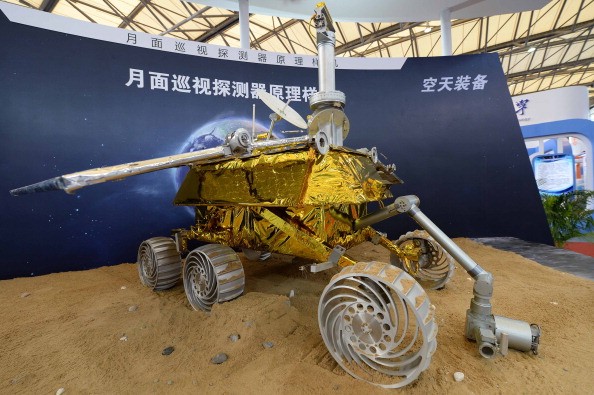The landing site of China’s first lunar lander Chang’e-3 has been christened “Guang Han Gong” or “Moon Palace," more than two years after the spacecraft made its successful soft landing on the moon in Dec. 2013.
Along with three neighboring impact craters, the name has been given approval by the International Astronomical Union (IAU), China's State Administration of Science, Technology and Industry for National Defense (SASTIND) announced on Tuesday.
In ancient Chinese folklore, Chang'e is the goddess of the moon, while Guang Han Gong serves as the palace where Chang'e lives.
The three craters were also bestowed with the names "Zi Wei," "Tian Shi" and "Tai Wei," after three constellations in traditional Chinese astrology, Liu Jizhong, director of the SASTIND lunar exploration project, reported the Global Times.
The lander carries the lunar rover "Yutu" or "Jade Rabbit," which recently discovered a new type of moon rock that could provide additional details regarding the moon's volcanic activity, according to an article published in the science journal Nature Communications in December the previous year. The rock was discovered from an impact crater in the Mare Imbrium, which is located in a large plain northwest of the moon.
To date, a total of 22 features in the moon have Chinese names. The first crater is named Zu Chongzhi, after a famous Chinese mathematician, in 1961.
Li Chunlai, a member of the naming committee for lunar features, said that the coordinates of the Guang Han Gong site, which has a diameter of 154 meters, are 44.12 degrees north latitude and 19.51 degrees west longitude. The crater, along with other features, is inside the area covered by the Yutu lunar rover.
Rita Schulz, chair of the IAU Division F WG Planetary System Nomenclature, said that landing sites on the moon can only be officially named when they are the first landing sites for a country's spacecraft.



























